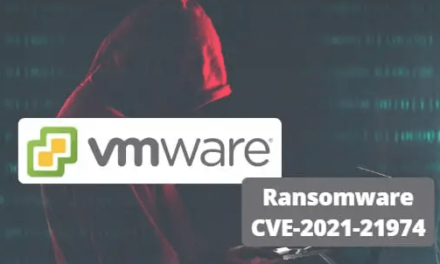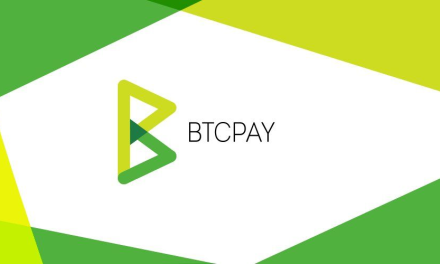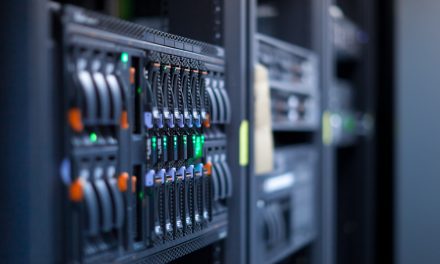In this articles, I will tell you about the boot process in Linux. This article is especially for the beginners who are new to Linux.
6 Steps of boot Process
- BIOS (Basic Input Output System)
- MBR (Master Boot Record)
- GRUB (Grand Unified Bootloader)
- KERNEl
- INIT (Initialization)
- RUN LEVELS
1) BIOS (Basic Input Output System)
-> Perform systems integrity checks (Post-Power on Self Test).
-> Searches, Loads and executes the Boot Loader program.
-> Once the Boot Loader program is Detected and loaded into memory, Bios gives control to it.
2) MBR (Master Boot Record)
-> It is located in the first sector of the bootable disk typically /dev/sda or /dev/hda.
-> MBR is 512 Bytes in size.
3) GRUB (Grand Unified Bootloader)
-> If you have multiple kernel images installed on your system, you can choose which one to be executed.
-> GRUB displays a splash screen waits for few seconds, if you don’t enter anything, it loads the default kernel image as specified in the grub configuration file.
-> GRUB configuration file is /boot/grub/grub.conf and it contains kernel and initrd image.
4) KERNEL
-> Kernel mounts the root file system as specified on the grub.conf file.
-> Once Kernel starts it operation first thing it does is executing sbin/init process.
-> Initrd is used by the kernel as temporary root file system until kernel mounts the root file system.
5) INIT (Initialization)
-> Look at the /etc/inittab file to decide the Linux run level.
-> Run levels decide which initial programs are loaded at startup.
-> Following are the available run levels
- 0 – Halts
- 1 – Single user mood
- 2 – Multiple users, without NFS
- 3 – Full multiuser mode
- 4- Unused
- 5 – Graphic User Interface (GUI)
- 6 – Reboot
6) RUN LEVELS
-> Depending on your init level setting, the system will execute the program from one of the following directories.
- Run Level 0 – /etc/rc.d/rc0.d/
- Run Level 1 – /etc/rc.d/rc1.d/
- Run Level 2 – /etc/rc.d/rc2.d/
- Run Level 3 – /etc/rc.d/rc3.d/
- Run Level 4 – /etc/rc.d/rc4.d/
- Run Level 5 – /etc/rc.d/rc5.d/
- Run Level 6 – /etc/rc.d/rc6.d/
-> Under the /etc /rc.d/rc*.d/ directories, youwould see program that starts with S and K.
-> Programs start with S are used during Startup. S for Start up.
-> Programs start with K are used during Shutdown. K for Kill.
-> Then Login prompt will be displaued to enter username and password.
We hope that this article will be beneficial for you if you liked it please give us a thumbs up.










